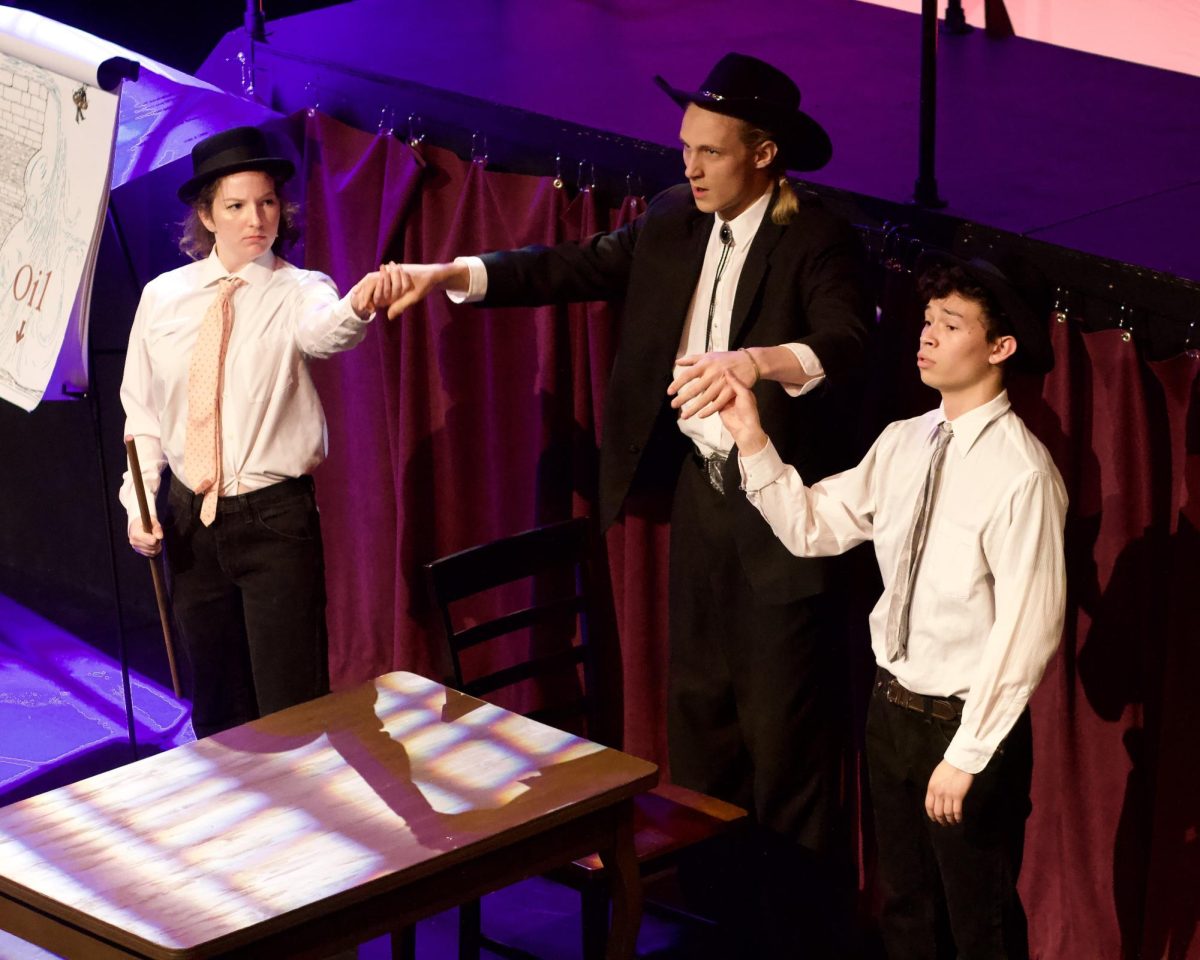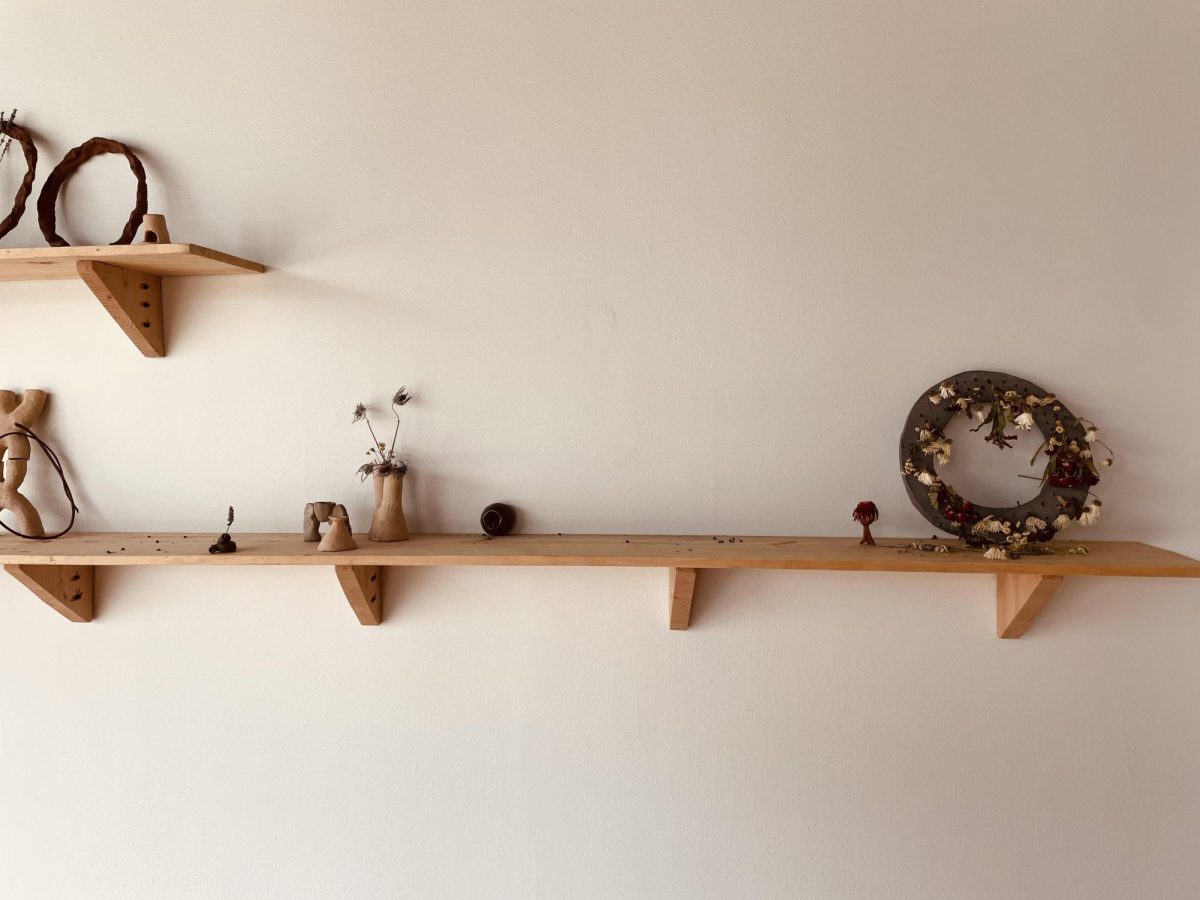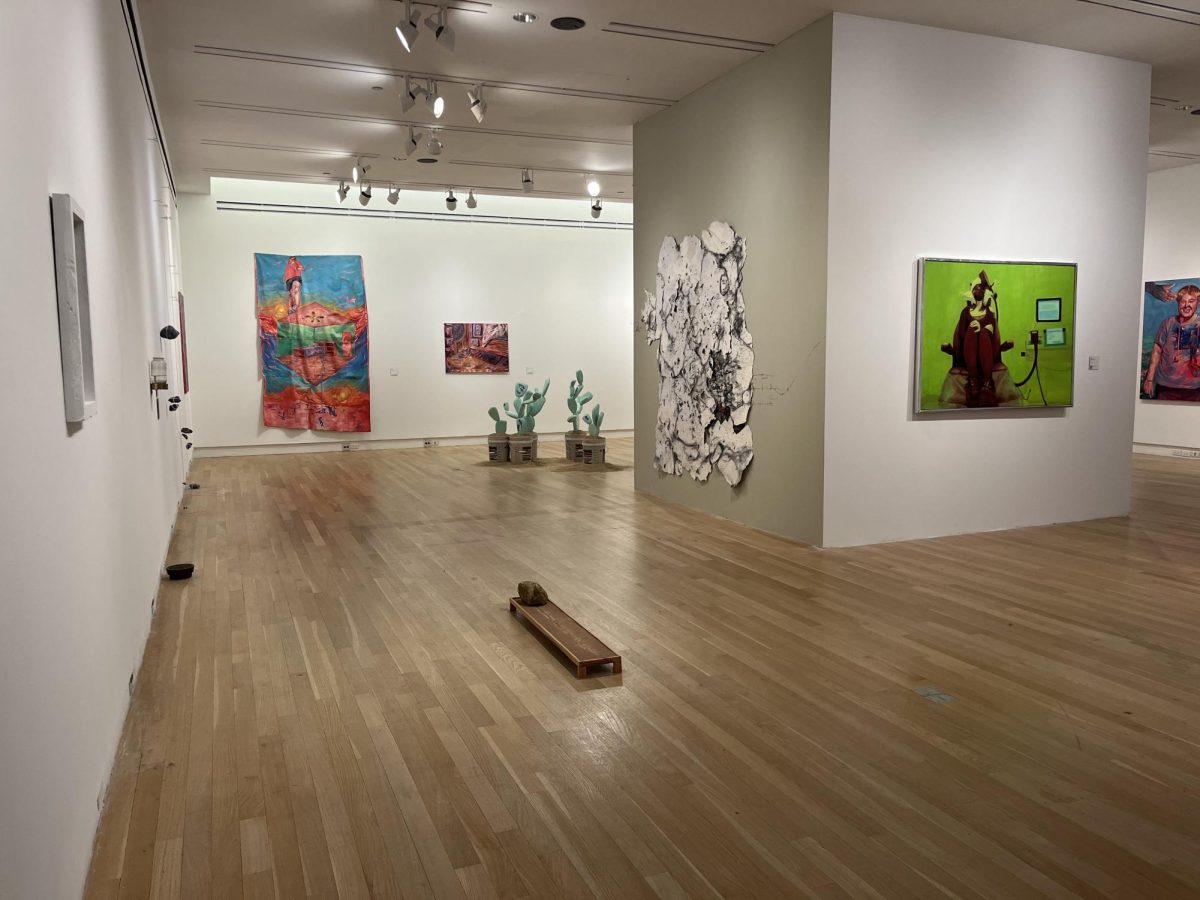The Parallels and Paradoxes series at the CSO this month focuses on the music of Beethoven and Schoenberg. Pairings, all conducted by Daniel Barenboim, have included Beethoven’s Symphony #9 with Schoenberg’s A Survivor from Warsaw, Beethoven’s Symphony #5 with Schoenberg’s Piano Concerto, and Beethoven’s Symphony #3 with Schoenberg’s Violin Concerto. Still to come is Beethoven’s Piano Concerto #4 with Schoenberg’s Variations for Orchestra. Tickets for this last performance, which runs February 26-28, were still available at press time.
I attended the third concert in this series last Thursday. Unsurprisingly, the Schoenberg violin concerto was first on the program. Trying to follow Beethoven’s jubilant third symphony, the Eroica, with a piece of dark, thorny atonalism like the violin concerto would have been madness.
Both the Eroica and violin concerto are celebrated pieces. The Eroica, by all accounts, is a pivotal piece in the history of western music, marking the beginning of Beethoven’s so-called “heroic” middle period, stretching the syntactical and harmonic vocabulary of Mozart and Haydn to accommodate the full emotional vitality of Romanticism. The innumerable “programmatic” interpretations (i.e. interpretations that try to graft an external narrative on the piece as a means of understanding it) have variously linked the Eroica to Napoleon, the French Revolution, Troy, and Prometheus. Other critics interpret the sense of heroism to be in reference to the very act of compositional boldness undertaken in the writing of the piece, which in turn can be seen as a universal model for human drama and achievement. The violin concerto is a monumentally challenging piece for the orchestra, but especially for the violinist. One can say without any artificiality that it truly requires heroism on the part of the violinist—the concerto is rarely performed and almost never performed well.
When approaching pieces whose reputation precedes them, the danger is that we either expect too little or too much. Certain kinds of art, one hopes, have the capacity to regenerate themselves every time they are viewed, performed, read, or heard, and we should expect this from them; this is what makes them, traditionally, great art. The expectation that they will reach effortlessly across space or time (or both) to touch us in the same way that our own vernacular art does is probably unreasonable. At the same time, we hope that the pieces can be more than mere “historical documents.”
The Schoenberg felt neither historical nor documentary. It is so rarely performed that despite its reputation and historical importance, its greatness has yet to truly become a cliché. Hence, the danger of approaching it with apathy or impossible expectations is lessened. I approached it mostly with curiosity and anticipation. Nikolaj Znaider, the young Danish-born, Polish-Israeli violinist, threw himself at the piece with youthful fury.
The concerto is very much a battle between the orchestra and the soloist. The best moments are when the violin has been climbing around the thorny double- or triple-stopped harmonics and high-register gestures alone—only to be suddenly cradled, battered, or swept away by the sudden, dissonant entrances of the orchestra. The piece is not long, but it is harrowing—it raises more questions than it answers and leaves you breathless and perhaps a little confused. It is opaque and obscure, but in its thorniness, I found moments to hold onto, elements of the music that struck me through the gloom of atonality. In Schoenberg’s own words, “colors, smells, lights, sounds, movements, glances, gestures,” are what one must listen for in his pieces, not the well worn drama of tension and resolution. Nikolai Znaider looked like a man standing alone in a hurricane, and he emerged bloodied, battered, but victorious.
Symphony Hall was far from full this Thursday, but the atmosphere and feel from the audience lightened once the Eroica was underway. With center stage now to himself, Daniel Barenboim conducted the Eroica without score and leaped around his podium like an enraged hobgoblin for the entire forty-five minutes of the piece. What was my reaction? It’s tough: rock music, club music, rap music, and the general amplified popular music of our current culture is just so loud—far louder than an orchestra could ever be.
Program notes gush about the controversy of the first movement’s “horn call,” which enters in an unexpected and dissonant fashion. While I have the theoretical tools to understand the harmonic significance of the “horn call,” it still left me unmoved. It hardly felt challenging compared to anything in the Schoenberg. And if there is anything we expect of heroics, it is that they be loud, and that that they move us contrary to expectation. The Eroica might have affected me more if it had been played before the Schoenberg Concerto.
Strangely, Beethoven’s piano sonatas, although obviously quieter than an orchestra, never fail to have an impact on me. Moving away from the ultimately superficial concern of volume, somehow the drama of the Eroica—for all the talk of Napoleon—comes off as fundamentally not about the individual, but about the universal. In this sense, the piece seems to me more of a product of the late Enlightenment than of Romanticism, and perhaps this is where its transitional nature is evident. It reeks of the conceit of its own supposedly transcendental nature and declares its universal appeal with a sort of arrogance that now strikes me at least as off-putting. In the Schoenberg, the drama was present, but it was intensely modern (i.e., bearing none of trappings of classical epics) and intensely individual and perhaps even relative, reminding me significantly of late Beethoven piano sonatas.
In the end, I am inclined to attribute this effect more to Barenboim than to Beethoven. Something about his onstage antics impressed a feeling of desperation upon me. I sensed a lack of conviction about what he was about to undertake. He no doubt wanted to regenerate Beethoven, but somehow he and the orchestra seemed too worn out—perhaps by the Schoenberg; perhaps by the stiff, skeletal diet of “classics” that they play every season—to really inject the Beethoven with the new life it needed. Znaider, on the other hand, is a fresh character, a man of mixed origins and extraordinary talent, and he tackled the Schoenberg with a ferocity that makes heavy-metal guitarists seem sedated.







